10 Major Ports In Afghanistan
Afghanistan is a landlocked nation lying at the crossroads of Central and South Asia. It is rich in natural resources like lithium, iron, zinc etc. and is the biggest producer of opium in the world. It is also known for its saffron and cashmere.
However, the country has suffered from political turmoil and warfare since the 1970s. This has arrested development, impacted the economy, and given rise to poverty, terrorism and child malnutrition.
Since it has no seaports, the country depends on its inland ports, which serve as transit points for trade with its neighbours and points of entry for goods and people. Dry or inland ports of Afghanistan are crucial for improving its trade connectivity.
The country has many dry ports, like Hairatan near the Uzbekistan border or Aqina close to the Turkmenistan border. They are key trade hubs between Afghanistan and its neighbours, including Europe and Asia.
However, the dry ports of Afghanistan face many difficulties concerning inadequate infrastructure, security concerns, corruption and other administrative obstacles. Many roads leading to the ports need attention since they can cause delays and increase business costs.
Given these issues, developing such inland ports is a top priority for the country as they are vital for economic progress. Recently, some improvement has been observed, and change is coming slowly and gradually.
Mentioned below are the ten inland ports or dry ports of Afghanistan.
1. Kabul Inland Container Depot
The capital of Afghanistan is home to the country’s largest dry port, situated on the city’s outskirts close to the International Airport. The Kabul Inland Container Depot, also known as the Kabul ICD, is a dry port or an inland port that serves as a hub for the transhipment of cargo between the ports and the country’s interior regions.
It is the critical point of moving goods and commodities into and out of the country. It is connected to the major ports of Pakistan, such as the Karachi Port and Qasim port, via Pakistan-Afghanistan Transit Trade Agreement.
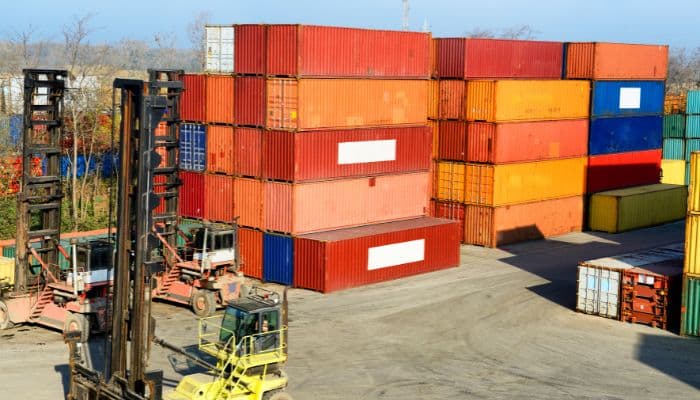
The Kabul ICD is very important for conducting trade in the landlocked nation. It can deal with diverse cargo ranging from containerised goods to bulk cargo and project cargo.
An array of services are also offered, such as customs clearance, storage and warehousing and transport of goods to inner regions.
This facility was established in 2010 and has aided in streamlining the trade and transit process, reduced transit costs, and improved trade efficiency between Afghanistan and its trading partner nations.
It has modern container-handling machinery and other equipment, allowing it to handle around 500 containers simultaneously. It is also ideally located near the airport and linked to main highways, making it a key logistics hub.
Recently, the Kabul ICD has facilitated trade between Afghanistan and other nations, including India and Pakistan, in agriculture, construction and mining. It is also utilised for receiving humanitarian aid and relief supplies sent by International organisations, agencies and other such groups from all over the world.
2. Ghazanfar Port
Ghazanfar is a dry port in the northern province of Afghanistan called Balkh, close to the town of Hairatan, the main border crossing point with Uzbekistan. It is named after the Ghazanfar Group, a private logistics company in Afghanistan that manages and operates the inland facility.
The port provides a connection between the Hairatan border crossing and Mazar-e-Sharif city, situated 75 km to the south. A 6 km railway line also goes between the two aforementioned cities, making Ghazanfar a crucial hub for the movement of cargo between Afghanistan and Uzbekistan.
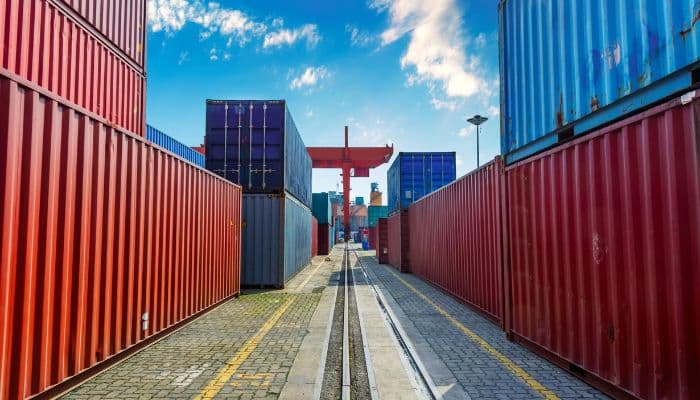
The port terminal operates around 50 rail track carriages at once and can process up to 300 such carriages in 24 hours. These carriages carry different cargo, which includes petroleum products, LPG, dry cargo, coal, wood, steel, construction materials, consumer goods etc.
It began operations in 2010 and, since then, has become an important trade hub in Afghanistan. It has warehousing space, designated loading and unloading areas and customs and administrative offices.
In all the years of its existence, the Ghazanfar port has faced security challenges. Yet, it remains operational today as steps are being taken to ensure safety within the port premises.
3. Hairatan Port
Hairatan port facilitates trade between Afghanistan and neighbouring Uzbekistan as it lies on the border between the two countries in the province of Balkh. It is managed by the Afghan Border Police.
Hairatan port connects the Afghani railway network with that of Uzbekistan, allowing the transportation of commodities like oil, fuel, gas, food items, construction materials, flour and wheat.
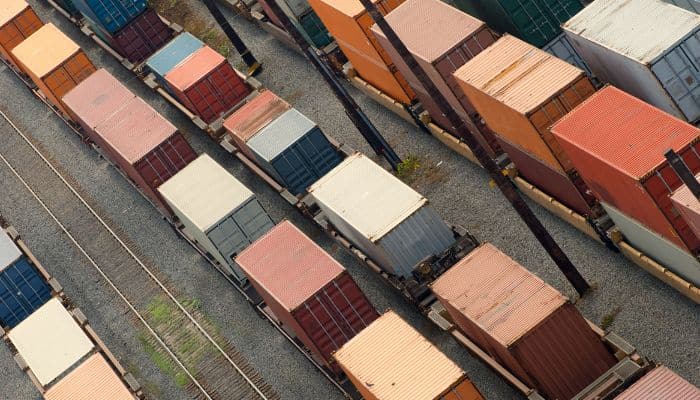
The Soviet Union constructed it in the 1980s to develop trade and commerce; however, after the Soviets left in 1989, the port was abandoned and stopped operations. Again after 2001, when trade opened between Afghanistan and its neighbours, the port was revived and refurbished to an extent and became an important hub for regional trade.
It has witnessed renovations and expansion in the last few years, with brand-new customs and border control facilities and improved and efficient rail infrastructure. Despite the safety concerns, it plays a vital role in propelling the country’s economy.
4. Shir Khan Bandar Port
Sher Khan, or Shir Khan, is a dry port in Afghanistan’s northern Kunduz province, close to the Panj river. The port is a primary trade gateway between Afghanistan and its neighbours like Tajikistan, Turkmenistan and Uzbekistan.
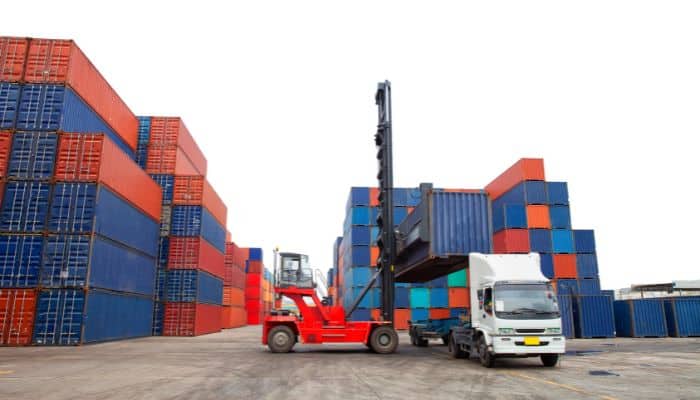
It is a recently opened facility, founded in 2007 with the help of the Asian Development Bank. It has modern equipment, including a container handling area, a terminal for dealing with bulk cargo and also RORO facilities for vehicles.
The port is crucial for the country’s economic development as it offers an easy and cost-effective way of importing and exporting cargo to and from landlocked Afghanistan. It has a vast potential for transforming into a centre for regional trade, linking Central Asia with South Asia.
5. Imamnazar Port
Located on the border between Afghanistan and Turkmenistan in the western region of the Faryab province, Imamnazar port is vital for conducting trade between the two nations. It provides a pivotal transit point for landlocked Afghanistan.
With recent renovations and expansions, the port has also started to handle increased cargo volumes. It was developed due to the efforts of the Asian Development Bank and some international partners.
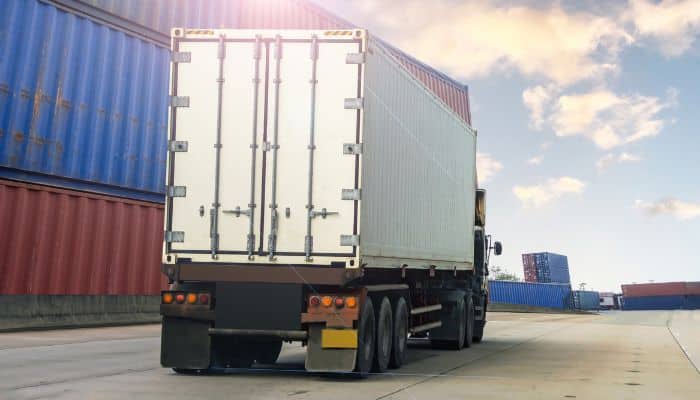
It has a modern customs and border control system, scanning equipment for maintaining security, and ample warehousing and storage facilities for temporarily storing cargo while it is in transit.
It also has separate parking areas for trucks and other vehicles in and out of Afghanistan. Traders can also use the banking services at the port. Lastly, the roads leading to and from the port have been upgraded for efficient and swift movement and distribution of cargo.
6. Aqina Dry Port
Aqina Port lies in the Faryab province of Afghanistan. There is also a train station of the same name that connects the country with Turkmenistan. Aquina is situated in the northern part of the Khani Chahar Bagh district, quite close to the Turkmenistan border.
The dry port of Aqina is also a centre of logistics in the northern part of the country. It was established in 2007 and is strategically positioned on the railway line connecting Turkmenistan’s capital, Ashgabat, with the northern Afghan city of Mazar-e-Sharif.
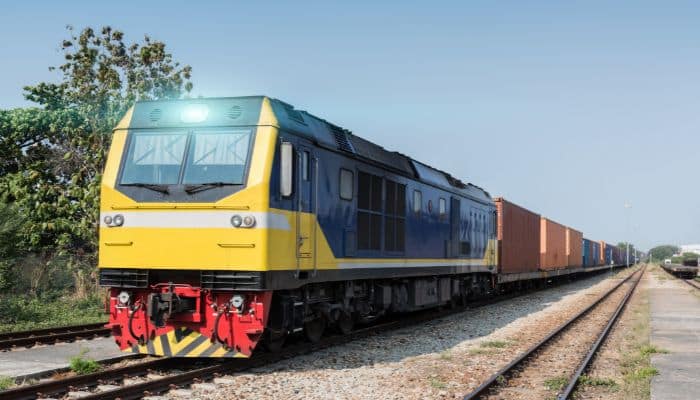
It enables trade between Afghanistan and Turkmenistan and other countries, including Iran, Turkey and Azerbaijan.
It has many warehouses, custom offices, and a container yard which can handle around 3000 containers a month. Aqina is a vital trade hub for exporting agricultural products like dried fruits and nuts.
However, there are issues such as poor maintenance of the railway line, which leads to disruptions in the transportation process. Also, sometimes custom procedures can be difficult and time-consuming, increasing costs and causing delays.
Despite all these difficulties, Aqina is a crucial part of the nation’s economy and its efforts to improve trade connectivity.
7. Torghundi/ Turghundi Port
Torghundi port is a major border crossing in the province of Herat in Afghanistan. It is close to Turkmenistan and facilitates the movement of goods and people between the two countries. This border crossing sees railways and trucks carrying approximately 5000 MT daily.
A road and a 1520 mm gauge railroad link Torgundi with Serhetabat. The railroad was constructed in 1960 but was revamped in 2017. Torghundi is also the starting point of the Lapiz Lazuli International trade route, which was opened in 2018. It connects Afghanistan with Turkey through Turkmenistan, Georgia and Azerbaijan.
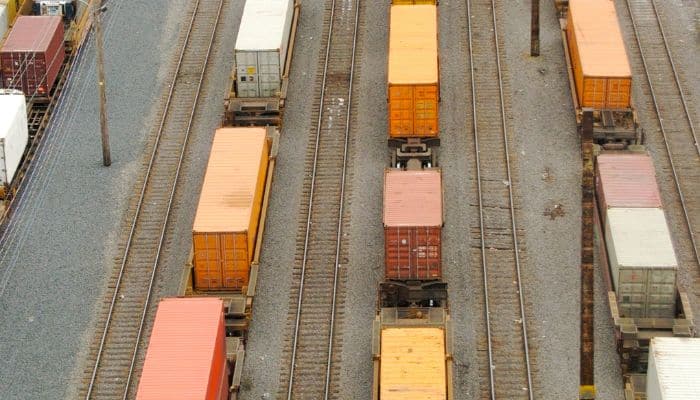
It has been the site of critical infrastructure projects to boost trade and economic growth.
Torghundi mainly handles construction materials like cement, bricks and steel. Agricultural commodities like flour or wheat come from Turkmenistan. Also, consumer goods like electronics, clothes and household goods are dealt with, along with cars and other vehicles.
8. Spin Boldak dry port
The Spin Boldak dry port is situated in Afghanistan’s Kandahar province, close to its border with Pakistan. It is a trade and transportation hub and is connected by a highway to Kandahar and also Chaman and Quetta in Pakistan.
The Spin Boldak Dry Port is managed by the Afghanistan Chamber of Commerce and Industries, has customs clearance facilities and warehousing space, and offers logistic services.
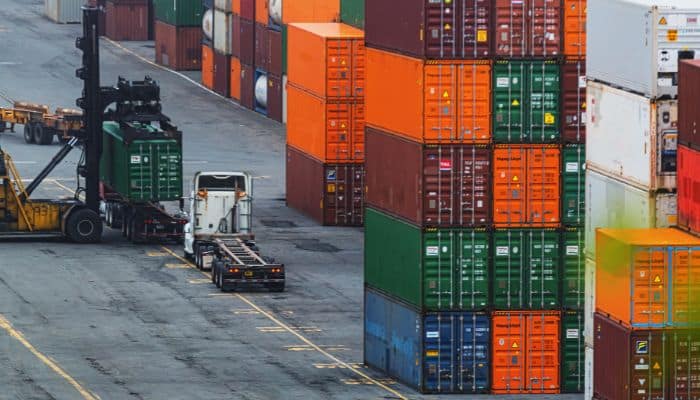
The dry port is also connected to the Karachi port in Pakistan through the Chaman-Spin Boldak Highway and is an important route for goods coming and going out of the country. It is a key transportation, shipping and handling site between two neighbouring countries.
The town has around 85,000 people, most of them Pashtun. In the past few years, it has been embroiled in several conflicts and was closed for some time.
9. Islam Qala Port
The port of Islam Qala, also known as Kafir Qala, lies in western Afghanistan, close to its border with Iran. It is an official port of entry through the land from Taybad, Iran.
The dry port is a key transit point for cargo and other supplies entering and leaving the country, especially those coming from or destined for Iran.
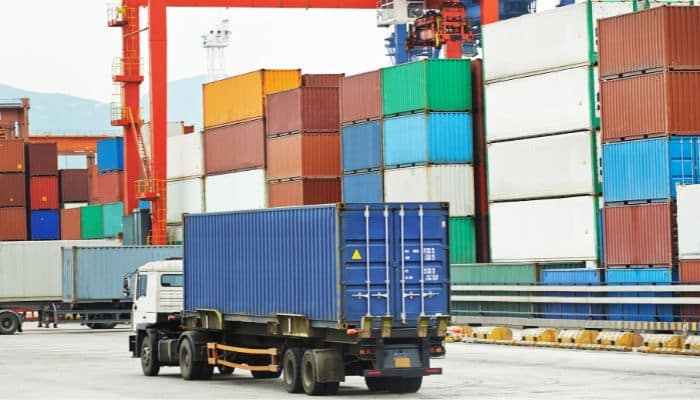
The dry port deals with food, fuel, oil, construction material, machinery and consumer items. It also serves as a centre for trade with other Central Asian nations. It has undergone numerous renovations and upgrades in recent years, which have increased its handling capacity and efficiency.
10. Dry port of Baramcha
Baramcha town lies in the western province of Nimroz, Afghanistan. It is near the Iran border and has a dry port called the Baramcha Inland Port that serves as a trade hub for importing and exporting goods to and from Afghanistan via Iran’s Chabahar Port.
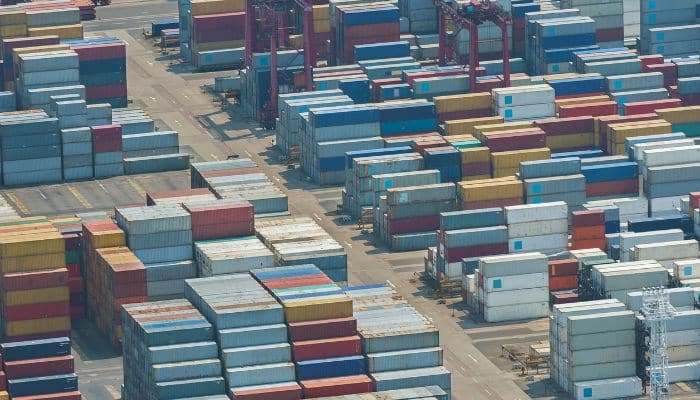
The development of Chabahar port has been tremendously advantageous for Afghanistan since Chabahr in Iran is the perfect trade route for reaching seaports. It maximises benefits for Afghani traders, cuts operational and transportation costs and reduces the time taken for cargo transportation.
Chabahar has been developed through the efforts of India and Iran. Since its opening, Afghanistan can now expand its trade with India, Iran and other Central Asian nations.
You might also like to read-
- 10 Arctic Ocean Facts You Might Not Know
- 7 Major Ports In Zambia
- 10 Major Ports In Africa
- 7 Major Ports Of Ireland
- 5 Major Ports In Cote D’Ivoire
Disclaimer :
The information contained in this website is for general information purposes only. While we endeavour to keep the information up to date and correct, we make no representations or warranties of any kind, express or implied, about the completeness, accuracy, reliability, suitability or availability with respect to the website or the information, products, services, or related graphics contained on the website for any purpose. Any reliance you place on such information is therefore strictly at your own risk.
In no event will we be liable for any loss or damage including without limitation, indirect or consequential loss or damage, or any loss or damage whatsoever arising from loss of data or profits arising out of, or in connection with, the use of this website.
Do you have info to share with us ? Suggest a correction
Disclaimer :
The information contained in this website is for general information purposes only. While we endeavour to keep the information up to date and correct, we make no representations or warranties of any kind, express or implied, about the completeness, accuracy, reliability, suitability or availability with respect to the website or the information, products, services, or related graphics contained on the website for any purpose. Any reliance you place on such information is therefore strictly at your own risk.
In no event will we be liable for any loss or damage including without limitation, indirect or consequential loss or damage, or any loss or damage whatsoever arising from loss of data or profits arising out of, or in connection with, the use of this website.

About Author
Zahra is an alumna of Miranda House, University of Delhi. She is an avid writer, possessing immaculate research and editing skills. Author of several academic papers, she has also worked as a freelance writer, producing many technical, creative and marketing pieces. A true aesthete at heart, she loves books a little more than anything else.
Latest Maritime Knowledge Articles You Would Like:
Subscribe To Our Newsletters
By subscribing, you agree to our Privacy Policy and may receive occasional deal communications; you can unsubscribe anytime.















